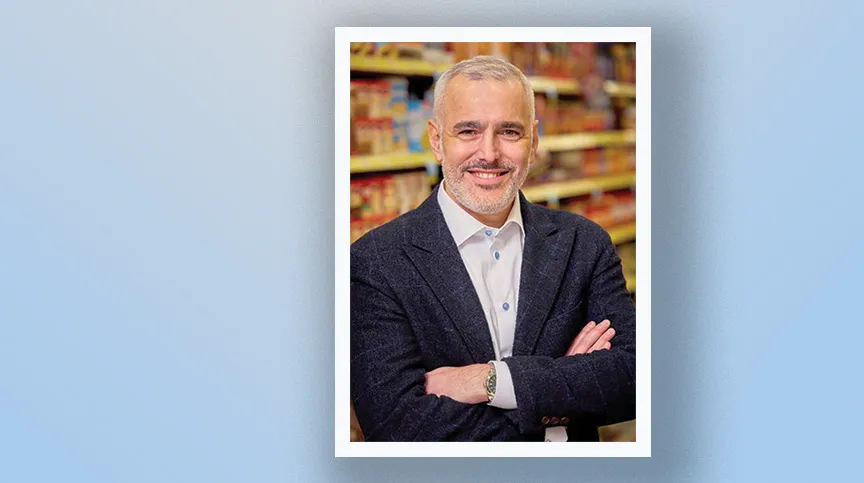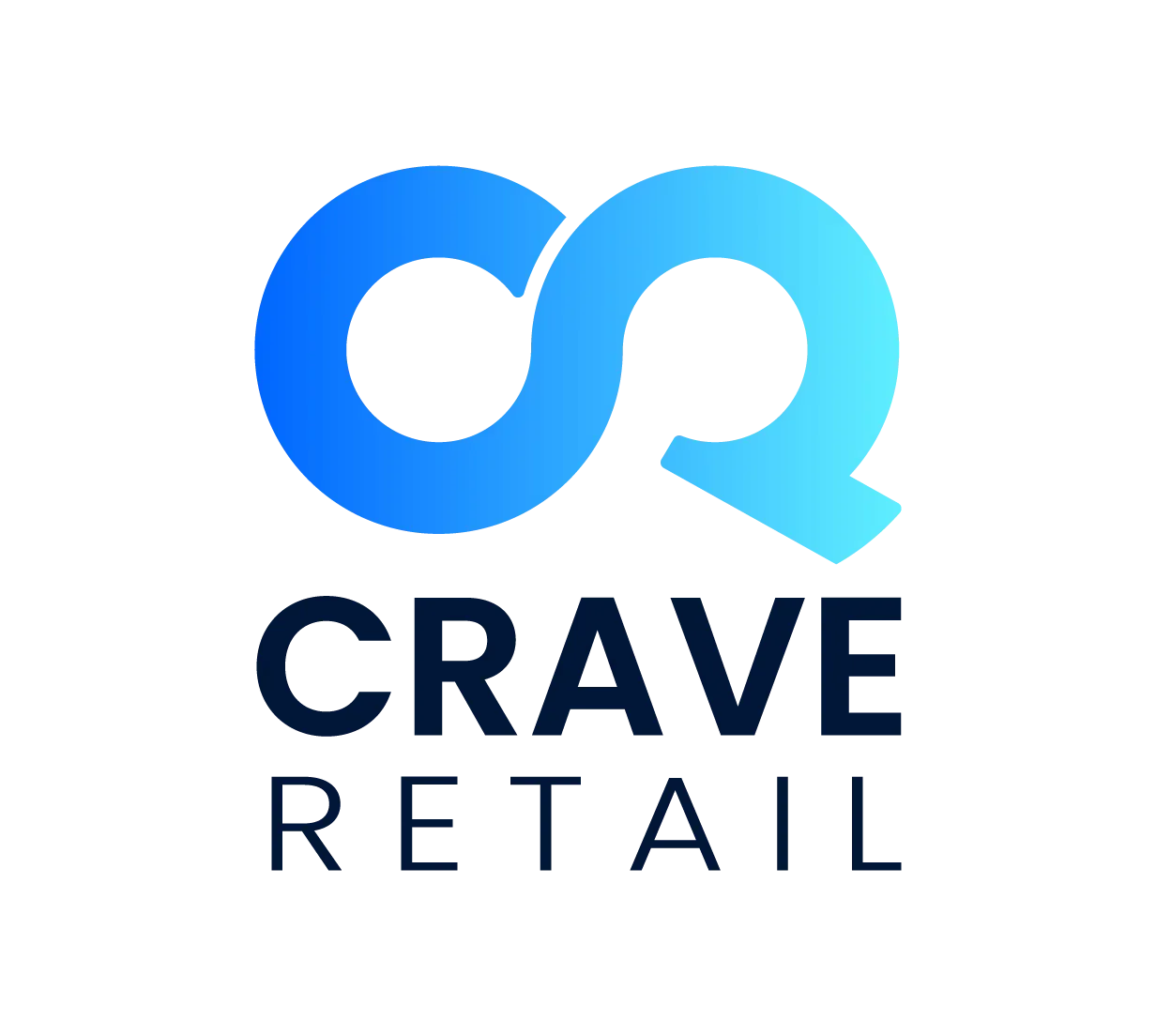Recently, I asked a mass retailer DMM, “How many of your buyers first took on that responsibility during COVID?” The answer … about 60%! During that chaotic time, they quickly learned to virtually chase in-stocks and supply consistency, and virtually responded to new buying patterns. They — and their suppliers — became highly proficient at doing business virtually. Maybe too proficient.
 With the pandemic mostly behind us, many are just learning the ropes around in-person merchandising. Outdated approach? Actually, an even more important business lever in today’s complex environment. Smart operators see it as a key success factor and are prioritizing face time to:
With the pandemic mostly behind us, many are just learning the ropes around in-person merchandising. Outdated approach? Actually, an even more important business lever in today’s complex environment. Smart operators see it as a key success factor and are prioritizing face time to:
• Create Customer Intimacy. Zoom, Teams … We’re all guilty of relying on technology too much. Don’t become complacent in your trading partner relationships. Connecting only virtually, and only when placing new orders or communicating issues, won’t get you far in today’s evolved marketplace. Push for in-person meetings. This industry and many careers were built on deep partnerships. But partnership begins with trust — nurtured over time through in-person engagements, the kind where you can dig in and understand where the other guy’s coming from. Trust drives to next-level conversations. And it doesn’t shy away from the tough conversations. That’s how relationships grow.
• Walk Retail With Your Team. Ahhh, the lost art of walking a store. Sam Walton taught me to “look for the good” and “steal shamelessly” to leverage the good nuggets I found. But you can’t “steal” if you don’t go inside. The learnings you gain in-store in one day are worth one month in the office. You see firsthand what retailers and competitors are doing (and not doing). You experience your brand at retail and know if it stands out. Most importantly, you see the consumer in action and learn what makes them tick. Still, be sure to walk the virtual store.
Quick story: We were helping a CPG company prepare for a Walmart JBP meeting, and took a virtual walk across Walmart.com and Amazon.com. Immediately there was a glaring issue: They’d cut and pasted from one platform to the other, not recognizing that each had particular needs. We noticed … and so would have Walmart.
• Maximize Trade Show Presence. Many merchants are walking trade shows for the very first time. What should they be doing? Meeting with existing partners? Looking for the next big item? Walking the floor analyzing new trends? Connecting and bonding with co-workers, suppliers and others? A resounding yes to all. Yet some are skipping or minimizing their time at these important meetings. For those of us who’ve walked those shows many times before, this is a great mentoring moment to share how to sharpen the eye and drive significant returns.
• Strengthen Collaboration. Keenly focus on adding value, whether you’re talking innovation, supply speed or merchandising operational efficiencies. Remember, your buyers need to drive both top- and bottom-line growth. And their senior management is stepping in on major decisions. Know their goals, their pain points, their shopper. Share unique insights and solutions. Collaborate on long-term joint business plans and joint performance scorecards.
• Take a Co-Creation Approach. When COVID forced us to work from home, I remember telling our merchandising team not to allow 2020 to become the Year of Boring on our shelves. Upwards of 30% of total revenue can be driven by a new product launch done right. The best way to drive innovation? I like to start by identifying what’s top of mind for the retail buying team as they head into category planning. The right buyer can help you identify true innovation that fills a white space or unmet consumer need, and then partner to deliver strong launch results. We’ve helped a lot of companies get in front of the right audience; it’s critical to go in with a relevant concept based on strategic consumer, category and marketplace insights. And know the right questions to ask.
Finally, remember, “The only source of knowledge is experience.” Today, many are across the table from someone without that experience, even in our own companies. Consider how you’re leveraging people with different skill sets and experience levels. Who can share their retail wisdom? Who’s most skilled in negotiation? Who can best up-skill others in digital commerce? Sharing such experience can only lead to more productive face time and stronger retailer/supplier relationships in the future.
Jason Reiser serves as president of Market Performance Group, marketperformancegroup.com.






